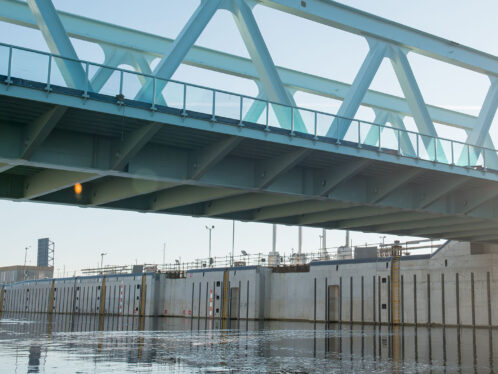
Catching the wind
No one knows exactly when or how it happened, but several thousand years ago mankind learned how to harness the wind and use it as a force to move on water. Maybe some ancient inventor watched a leaf blowing on the wind and managed to put two and two together, adding a sail to his primitive raft.
No one knows exactly when or how it happened, but several thousand years ago mankind learned how to harness the wind and use it as a force to move on water. Maybe some ancient inventor watched a leaf blowing on the wind and managed to put two and two together, adding a sail to his primitive raft.
Probably the oldest pictures of sailing ships were found in Egypt, on pots dating back to 3,000 BC. The Nile area was ideal for the development of shipping. Shipbuilders had access to papyrus, which provided material for spool-shaped rafts with stems that curved upwards. And the almost constant northerly winds of the area encouraged navigation up the Nile, at the time the most important traffic route.
The world’s oldest preserved ship is believed to be one made of cedar. It was built around 2,650 BC for the pharaoh Cheops.
Today, yachtsmen still rely on the ancient principle of wind power, but their equipment has changed from papyrus and cedar to space-age materials and technology.
A good example of high-tech solutions for sailors is the new anemometer from Raymarine. Its design brief called for a decrease in the measuring point of wind speed, better protection for the bearings from the effects of saltwater and an increase in service life. It also needed two spindles, to cope with both wind speed and direction.
After significant analysis and development work, SKF was able to offer this in a unit that comprised two shielded stainless-steel deep groove ball bearings, a shaft, springs and a two-part, snap-together plastic housing. Shielded bearings were used instead of separate seals because additional seals would increase friction on the shaft. A labyrinth seal was used to prevent water from entering.
The end product meets all of the functional needs and proves that today, as well as in 3,000 BC, inventive minds help to keep yachtsmen on the move.




